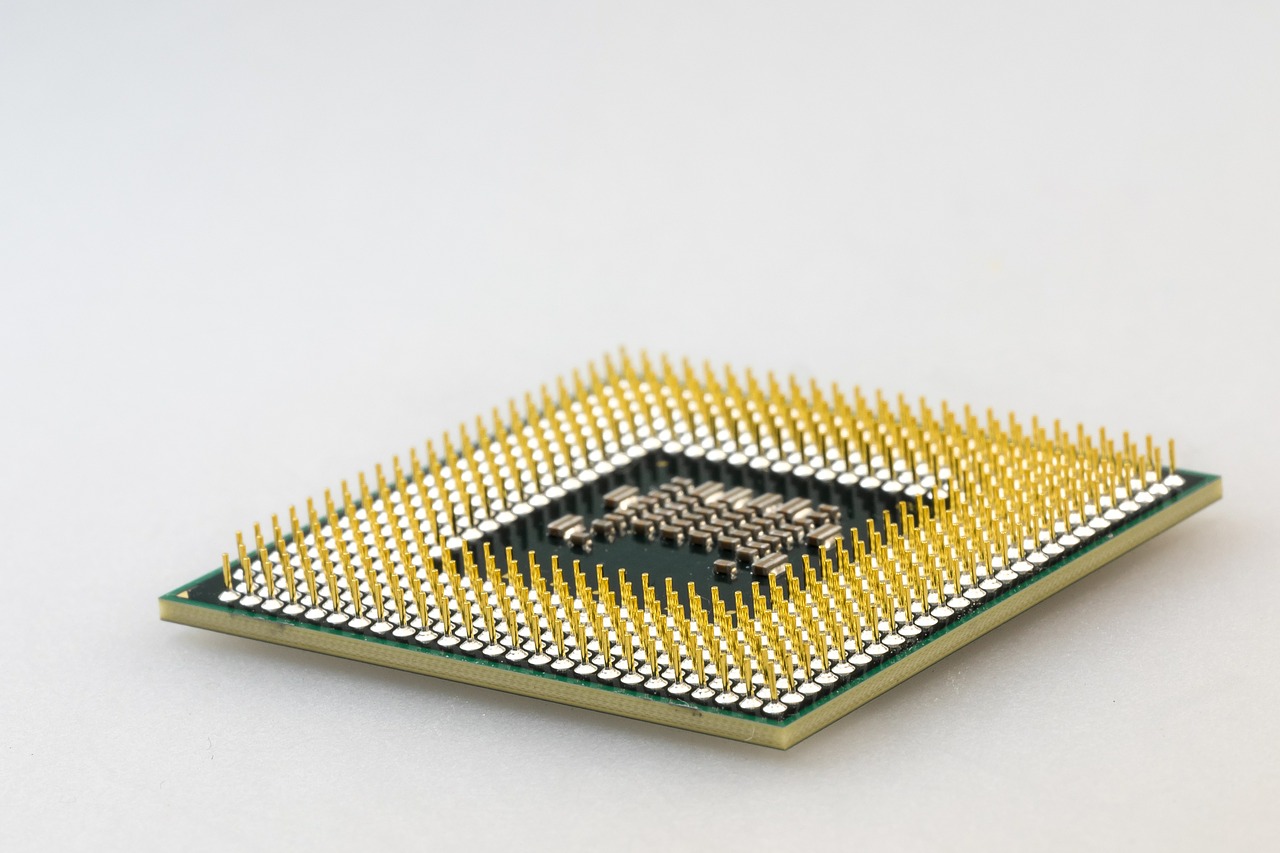Traditional Methods Prove Wanting
Traditional methods of securing computers and networks relied on firewalls, IPS/IDS, antivirus and others but taken together provide only moderate protection at best. US companies and the government have approached the problem of cyber security through the layering of different forms of protection in software, systems and infrastructure. This approach has been complicated, time consuming and expensive without alleviating vulnerability.
The emerging consensus is the need for a proactive vulnerability testing system that simulates attacks on computer infrastructure. There are a number of emerging vulnerability analyzing software applications in the market that assess the vulnerability of firewalls, routers and networks emphasizing protecting the entire infrastructure rather than its parts.
Israeli companies have been among the leaders in cutting-edge cyber security technology. Skybox and Thalamus HLS are two examples of security risk management tools for today’s multi platform installations.
US Government and Private Industry Trends
The US is now dealing not only with with a tidal wave of new data flows and information, it is now contending with more frequent more severe cyber attacks. Due to the increase in computer and network connectivity adversaries of the United States are increasingly exploiting weaknesses in existing approaches to cyber security. Criminals are going to continue to be innovative and push the limits of their activities to whatever works, including crimes like extortion.
According to the Federal Cyber Security Market Forecast the US federal government is now spending $10 billion a year on cyber security to deal with cyber threats and attacks. Total cyber security investment between 2010 and 2015 will total $55 billion and will grow at a 7% compound annual growth rate (CAGR). This is in addition to the US private sector now spending $65 billion a year on security.
Regular reports of infiltration of government and business computer networks and China-originated attacks, among others from around the world, have brought the issue to center stage; stakes have become much higher and protection of networks and information more critical.
As a result, the cyber security industry has taken off and many new technologies and systems are being implemented to monitor and protect assets in real time. The US Department of Defense (DOD) and the Department of Homeland Security (DHS) are working with leading defense contractors and companies providing the backbone of the Internet and driving growth.
Novel Enemy
While enemies may carry the same color flags their methods have changed dramatically. In fact the image of the Internet as a “wild wild west” is not far off the mark due to the fact there are no norms of behavior and criminals and enemies find it relatively easy to cover their tracks.






